Go for an environmentally friendly approach for cleaning your home and body! Here is the list of Plants that Can be Used as Soap!
Using plant-based soaps is not something new and dates back to 1500 BC. Using plant-based soaps are organic and comes with the benefit of no chemicals and thus won’t harm your skin. Here is a list of Plants that Can be Used as Soap!
Check out our article on plants with cosmetic uses here!
Plants that Can be Used as Soap
1. Soapwort
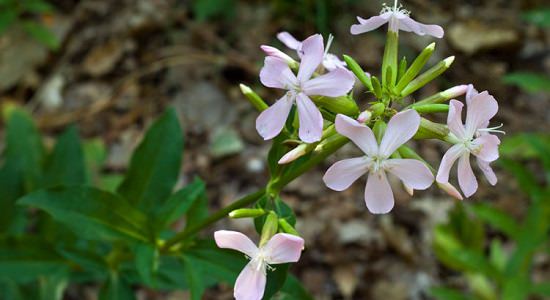
Botanical Name: Saponaria officinalis
The usage of soapwort is not something new. In fact, saponins, that create froth, derive the name from it. The leaves and roots have juices that can be used to prepare soapy solutions, which are used for cleaning. It is one of the best plants that can be used as soap!
How to Use: You can prepare the green soapy solution either by rubbing the roots and leaves together or by boiling them in water.
2. Buffaloberry
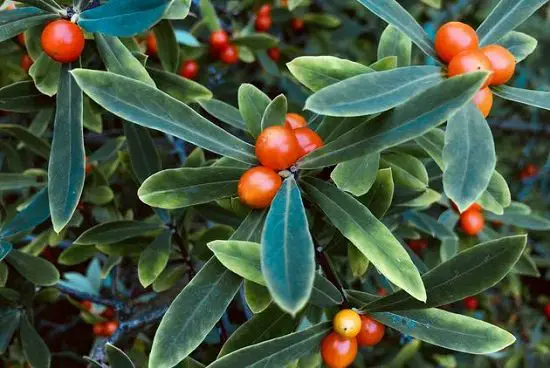
Botanical Name: Shepherdia rotundifolia
Buffaloberry does not only have uses for saponins but also for the medicinal properties, historically. The high levels of saponin make it best for making soap and shampoo.
How to Use: Keep the stems and berries in boiling water to prepare a mild, soapy solution.
3. Soapweed Yucca
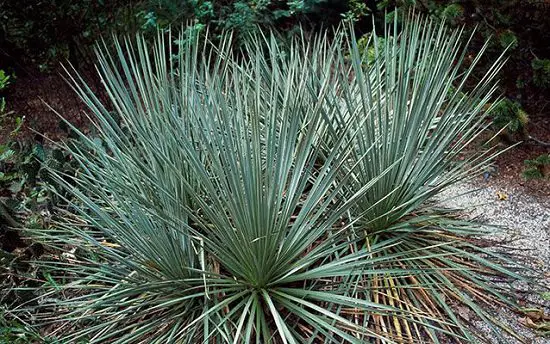
Botanical Name: Yucca glauca
It’s a member of the agave family with pale green dagger-like leaves and bell-shaped flowers. Yucca roots have a high concentration of saponins and thus has uses for the production of soap and shampoo.
How to Use: You can crush the roots of the plant to make a thick, soapy lather.
4. Soap Plant
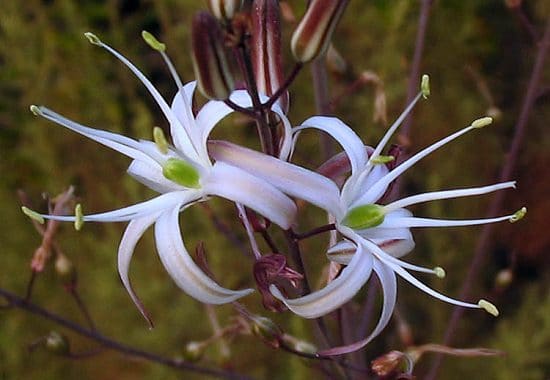
Botanical Name: Chlorogalum pomeridianum
The soap plant is also known as soap root, amole, and wavyleaf soap. The locals use it as soap in regions of California and Oregon. You can also bake and eat its fresh leaves. It is one of the best plants that can be used as soap!
How to Use: The fibrous bulb with a white ‘heart’ inside, produces soapy substance when crushed. It is great both as a conditioner and laundry soap for delicate fabrics.
5. Clematis
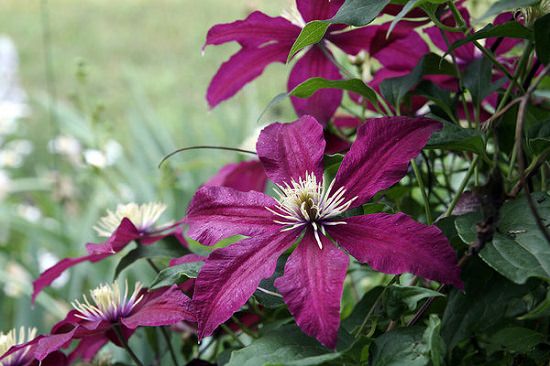
Botanical Name: Clematis
Surprised to find this common garden plant in the list? It is popular as a climbing plant with beautiful flowers in many different colors depending on the variety. Both foliage and flowers have a high concentration of saponins.
How to Use: Collect the leaves and flowers. Crush and boil them to get a soapy solution.
6. Horse Chestnut
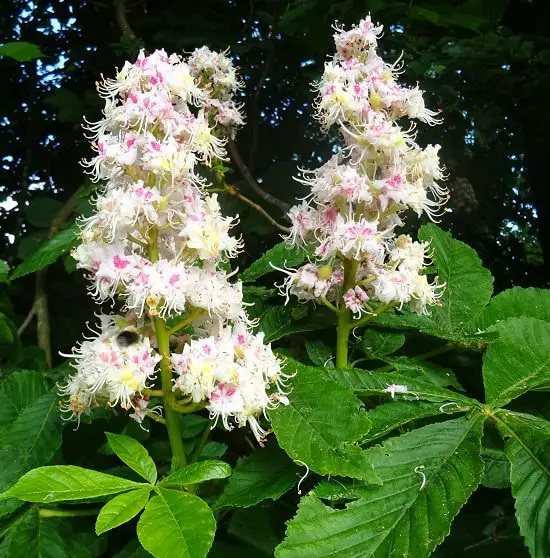
Botanical Name: Aesculus hippocastanum
Horse Chestnut is a medicinal tree and all its parts including seeds, barks, leaves, and flowers are used to produce medicines. The extract of its seeds is quite potent for the treatment of varicose veins. It is one of the best plants that can be used as soap!
How to Use: Take the saponin rich seeds and rub it between palms to produce a rich lather. You can also keep the crushed seed in water overnight to obtain a milky solution, which can be used as a detergent.
7. Bracken

Botanical Name: Pteridium aquilinum
Commonly known as eagle fern, its rhizome is rich in saponins and can be used for various cleaning purposes. As it spreads quickly, it is invasive in many regions. The native people eat the roots of the plant; a popular carcinogenic.
How to Use: You can use the decoction of the roots as a hair conditioner. Boil the rhizome to make soapy water.
Also Read: Homemade Shampoo Recipes From Your Garden



Regarding No.7 – ‘Eagle Fern’ (Pteridium aquilinum). You state that “The native people eat the roots of the plant; a popular carcinogenic”. How could a Cancer-causing substance be considered ‘popular’? It doesn’t make any sense! As a cancer patient, your statement caused me some distress. Have you made a mistake, perhaps something lost In translation? Otherwise, your site Is excellent!
It is a mistype. Pteridium aquilinum is an anticarcinogenic, used in cancer treatments.
Victoria, it IS actually carcinogenic and should not Be recommended for use because of this. An otherwise great post.
Pteridium aquilinum—bracken fern—is the only higher plant known to cause cancer in animals. Its carcinogenic toxin, ptaquiloside, has been identified in milk of cows and groundwater. Humans can be directly exposed by consumption of the plant, contaminated water or milk, and spore inhalation.
Had to Google that myself, but they aren’t wrong.
I think the writer meant anti carcinogen
Dear sir,please let us your plant originated soaps .we have need of 50 kg in wholesale rate with taxes and transportation to Kolkata.
Thanks
Steve, see this wiki, the wiki is accurate and the reference to the ferns carcinogenic properties are valid: https://en.wikipedia.org/wiki/Ptaquiloside the word popular is an odd choice and obviously this plant should really be avoided. Using this as a soap is not a recommended action and this should be removed from the post. Humans could inadvertently suffer from this plants carcinogenic properties if animals have been reared and fern fed.
I made and used homemade laundry soap for well over 5 years before I stopped completely. ( You can read more on that decision here. ) By that point, I d started buying pre-grated soap flakes to save time (and the arm workout).
Could you please elaborate more?
Dear Sir,
I am enquiring about some leaves of a tree. Description, Tall, and green, 3inches in length, about 3/4 inch wide.
Very soap substance when rubbed together in even a slight amount of water.
This was located in India but due to the fact I was only 9 years old and was on holiday,
I have seemed to forget the name of this tree.
I have looked through your brief section of shrubs and trees and nothing seems to be of a
similar identity.
Regards
Pin Jandu
The carcinogens/”cancer” was in your vaccines. They dont want us eating this! Everything “bad” for us, is good!